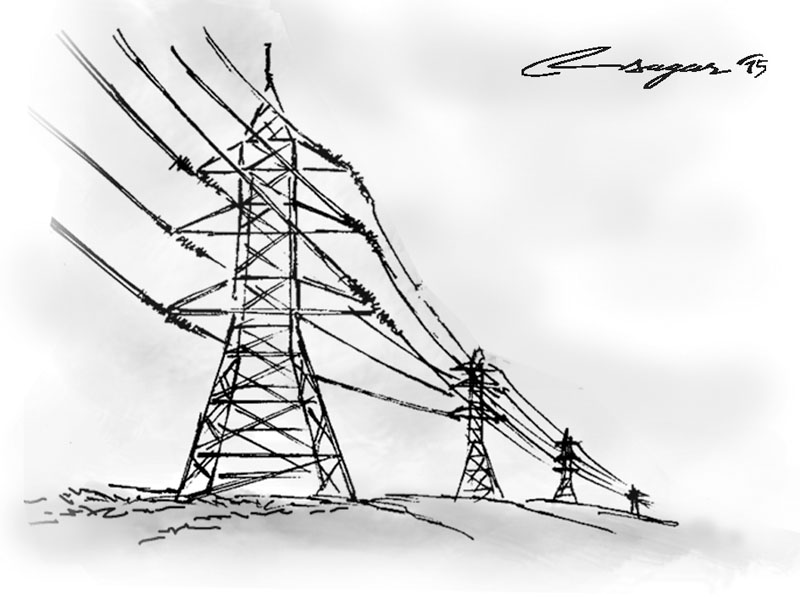NEA puts a spanner in works of independent power producers
Kathmandu, December 1
As many as three dozen hydroelectric projects that have already signed power purchase agreement (PPA) with Nepal Electricity Authority (NEA) are yet to complete their financial closure.
The PPA document itself could be a guarantee of return. However, the NEA’s provision of dispatchable (take and pay) basis in the power purchase agreement has been hindering the banks and financial institutions (BFIs) from floating loans to the hydropower projects.
This is because there is no guarantee of return as the only power off-taker, NEA, will only pay for the amount of electricity is consumes.
NEA has introduced ‘take and pay’ provision because there will be surplus power with the authority after completion of the 456-megawatt Upper Tamakoshi Hydroelectric Project, which is expected to be completed by mid-July, 2018.
“BFIs are always concerned about the market risk of the projects they finance. Since NEA has been signing PPA on dispatchable basis with independent power producers (IPPs), there is no guarantee that the project will be able to generate revenue by selling electricity produced by the hydropower plant,” explained Anil Keshary Shah, president of Nepal Bankers’ Association.
“Unless the project is able to guarantee returns, it will be risky for banks to issue loans to such projects,” he added.
It is reported that some of the projects that had achieved financial closure after receiving financing commitment from BFIs are also facing problems in loan disbursement.
The government has already allowed Nepal Electricity Authority, the single power off-taker of the country, to sign the power purchase agreement on ‘take or pay’ basis. In doing so, the NEA would have to pay for the generated electricity whether it consumes electricity from the concerned hydropower project or not. This would guarantee return to the investor.
According to Shailendra Guragain, vice president of Independent Power Producers’ Association of Nepal, “No one will come to invest in the hydro sector of Nepal if the NEA does not consider ‘take or pay’ provision.”
The long-term plan of the Ministry of Energy titled ‘National Energy Crisis Prevention and Electricity Development Decade, 2016’, which has already been endorsed by the Cabinet has allowed NEA to implement ‘take or pay’ provision while signing PPA with power producers.
However, the NEA board has not yet approved this provision. NEA Managing Director Kulman Ghising has submitted this proposal to the board but the board members are divided on this issue and the decision has been pending since long.
Some of the board members are in favour of implementing the ‘take or pay’ provision citing the demand for electricity will rise and NEA will be able to generate revenue distributing the electricity it purchases from the power producers. However, few board members have been saying that the demand for electricity will not rise as per the projections made by the Ministry of Energy, and NEA may have to face huge losses if the ‘take or pay’ provision is implemented without proper study of the demand.
It is quite ironical that the Ministry of Energy has envisaged developing 10,000 megawatts of power in the next 10 years but the energy secretary-led NEA board has been hesitating to implement the ‘take or pay’ provision in PPA owing to the tepid demand growth of electricity in the country.






